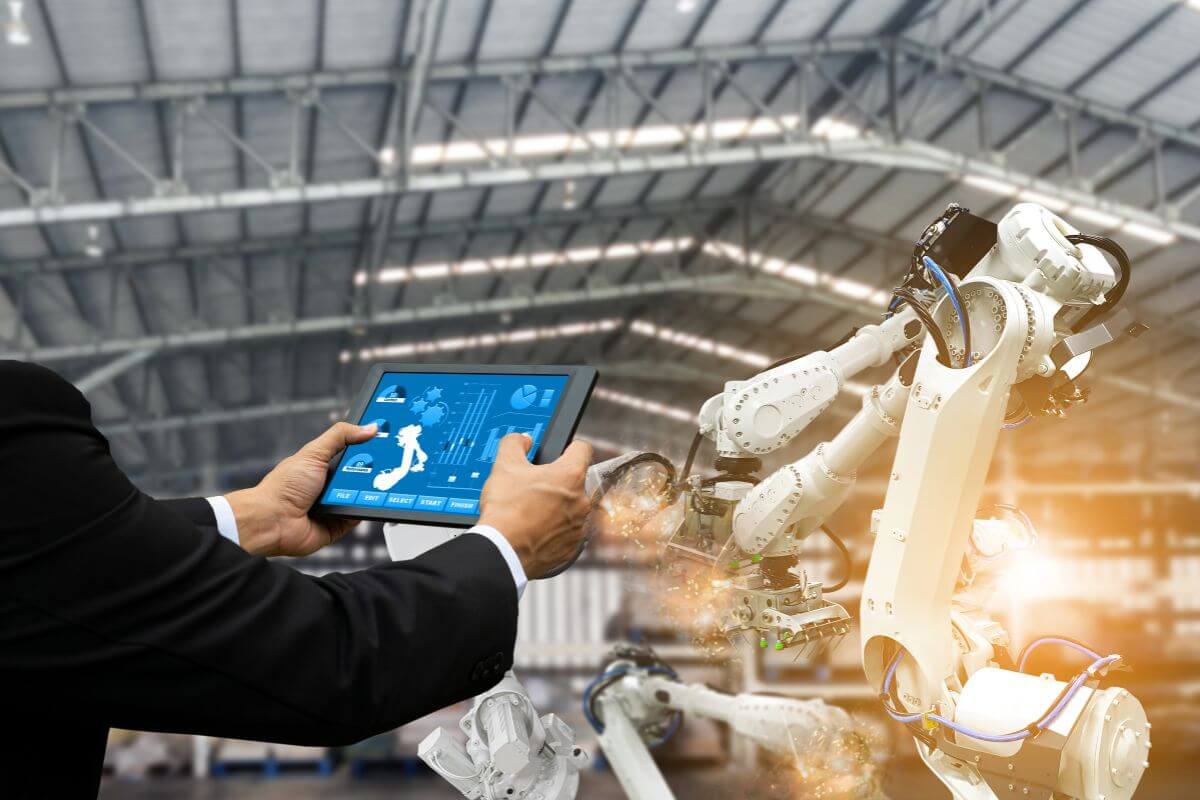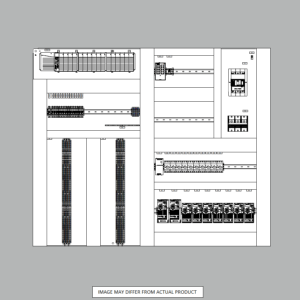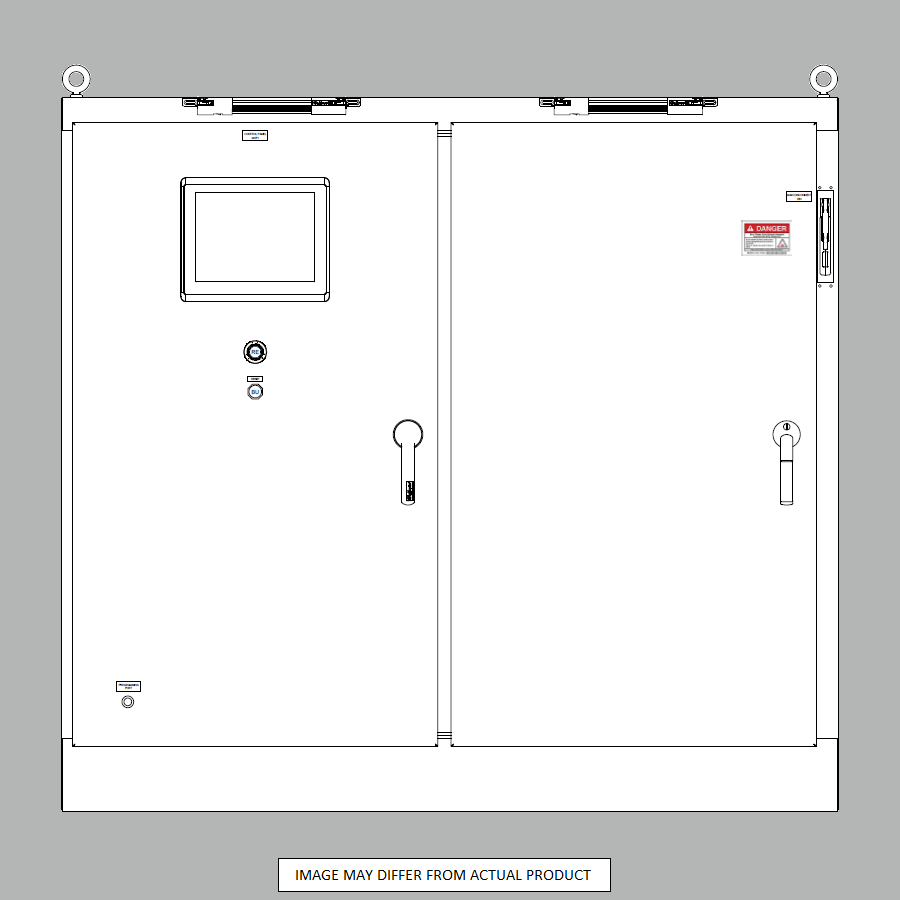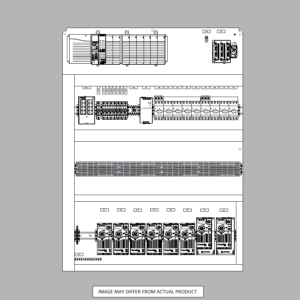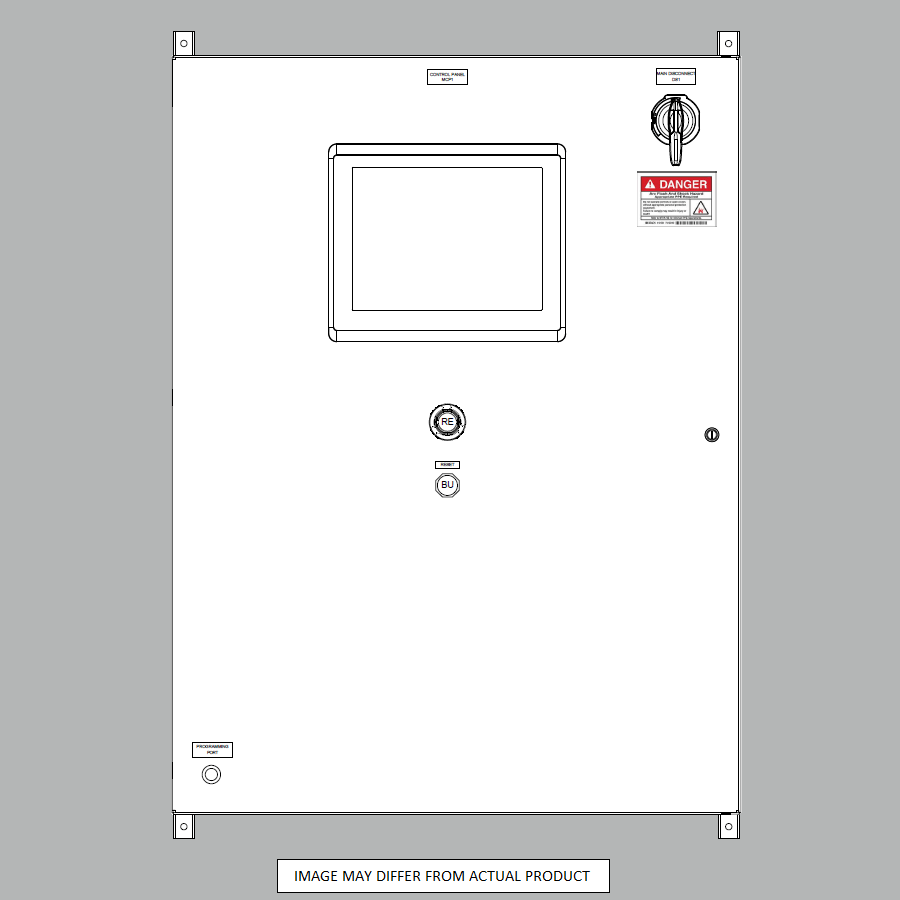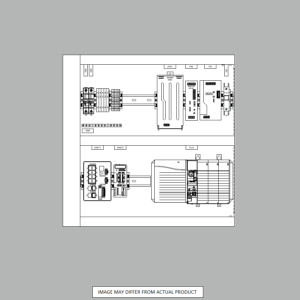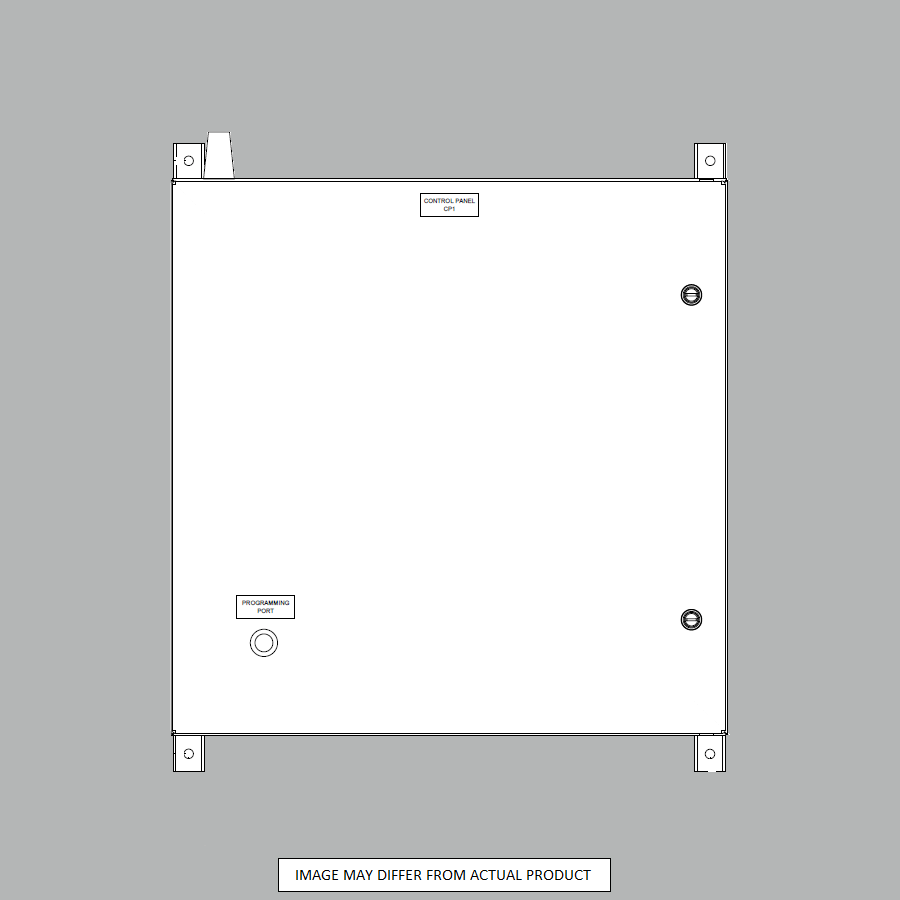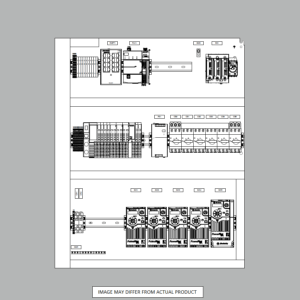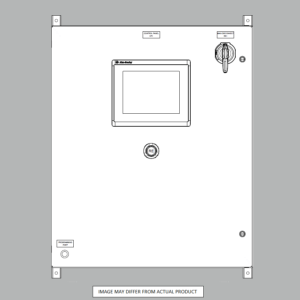Factory Automation: Boosting Manufacturing Productivity
Factory automation is an exciting trend that promises to transform manufacturing. This article explores why factory automation is worth paying attention to and dives into the key benefits, applications, and technologies shaping automated factories. Read on to learn why automation is the next step for manufacturers looking to boost productivity.
Why Factory Automation Matters?
Factory automation is using control systems and information technologies to automate manufacturing processes. This includes technologies like robots, IoT sensors, machine vision, and programmable logic controllers. With automation, factories can improve productivity by 6-8 times or more. Automation provides major advantages that are driving adoption across industries like automotive, electronics, healthcare, and consumer packaged goods. The trend towards smart, connected factories — known as Industry 4.0 — relies heavily on bringing automation to every manufacturing step. Simply put, automated factories help manufacturers dramatically boost output, quality, flexibility, and profitability.
Benefits of Automating Factories
There are many compelling benefits to automating factory operations, including:
Increased Productivity
Automation enables factories to run 24 hours daily, 365 days a year, with predictable output. Robots and automated assembly lines integrated through industrial gateways help increase production volume by 3-5 times or more. Operators can monitor real-time data through human-machine interfaces, getting alerts when issues occur on the factory floor. This leads to major productivity gains.
Improved Quality
Automated processes are extremely repeatable, performing welds, packaging, and assembly work precisely the same way thousands of times without wavering. This reduces defects and helps improve product quality control. Automated monitoring and sensor data also give better production visibility, with issues that can be addressed proactively rather than after products come off the line.
Flexibility
Robotic work cells and reprogrammable logic controllers allow factories to shift between different products or adapt to design changes quickly. Assembly lines can incorporate new parts and processes through software changes rather than mechanical retooling. This makes automated plants extremely agile in bringing new products to market.
Safer Working Conditions
Automating dangerous or repetitive tasks leads to safer and more ergonomic working environments. Robots can handle tasks like heavy lifting, welding, high-temperature casting, chemical handling, and other hazardous activities – reducing risks for human workers. This allows personnel to focus on more strategic tasks like production planning, maintenance, and Engineering.
Reduced Costs
Despite the high upfront investment, automation pays dividends through radically decreased operating expenses from reduced waste, energy savings from optimized hydraulic systems and pneumatic processes, and lower long-term labor costs. Continuous feedback loops help factories calculate and optimize the cost of production.
Applications of Factory Automation
Manufacturers can apply automation across a wide range of processes, including:
Assembly Lines
Robotic arms excel at the repetitive pick-and-place work required for assembly operations. Automated assembly with technologies like pneumatic drivers and motor controllers with built-in amplification helps ensure predictable output. Components can be automatically fed into workstations from pick-and-place bins, limiting downtime.
Packaging & Palletizing
Automated packaging robots can carefully pack consumer goods or stack heavy payloads onto pallets, preparing them for shipping. This helps boost production line throughput. Advanced machine vision enables custom box sizes and labeling.
Welding & Fabrication
Industrial robots automate critical welding and fabrication work with end-to-end monitoring and control systems. Built-in sensors provide closed-loop feedback while I/O devices act as data converters — translating signals between analog and digital. This improves repeatability and quality while protecting human workers.
Machine Tending
Loading and unloading workpieces from CNC machines can limit cycle times. Automated machine tending integrated through industrial communication protocols helps factories achieve lights-out manufacturing. Robots can continuously tend machinery with precision and repeatability.
Quality Inspection
Machine vision automates inspection. Smart camera sensors can check minute product details far faster and more reliably than humans—automated optical inspection spots defects early when production volumes reach thousands of units daily.
Predictive Maintenance
Industrial IoT sensors monitor automation systems, predicting maintenance needs before failures occur. This increases uptime and avoids costly downtime. Vibration analysis, oil analysis, and other techniques help assess equipment health.
Bringing this all together requires dealing with many design challenges. Automation relies on supervisor systems integrating disparate hardware components like robots, AGVs, and control logic. Everything must seamlessly work together through common industrial communication protocols. Components like sensors, controllers, and actuators need standardized power and connectivity like Power over Ethernet. The overarching system design must have consistent interfaces between automation layers, allowing low-level devices to interact cleanly with higher-level analytic systems. When implemented thoughtfully, automation technology builds on itself — enabling increasingly sophisticated capabilities as factories progress on their automation journey.
Automation is revolutionizing manufacturing. Advances in sensor connectivity, industrial protocols, controller hardware, and software systems are making automated assembly lines and smart factories a reality. Automation provides major productivity, quality, and cost benefits at every level, from individual machines to the overall factory operation — making it the next step for progressive manufacturers.
Key Takeaways
- Automation (using robots, IoT sensors, etc) boosts productivity by 6-8X
- Flexible assembly lines adapt to new products in software
- Continuous monitoring spots defects early
- Automating hazardous tasks improves factory safety
- Machine tending enables 24-hour light production
- Communication protocols integrate various hardware
- Standardized power infrastructure enables scale
About us at Automation Ready Panels
Welcome to Automation Ready Panels, your premier destination for top-tier electrical control panels and automation solutions. With over two decades of rich experience in supporting manufacturing industries, from machine builders to process facilities, we have established ourselves as leaders in delivering high-quality, pre-built, and pre-programmed control panels. Our expertise ensures the swift and efficient handling of even the most complex panels, incorporating cutting-edge technology.
Why Choose Us?
- Tailored Solutions: We believe in solving customer pain points. Our approach focuses on identifying the “Job to be Done” designing hardware and software specifically to alleviate your challenges.
- Rapid Installation: We provide comprehensive setups, including network switch, VFD/Servo drive, HMI programming base, and PLC programming base logic. This enables quicker installation and startup, offering a seamless, vertical-like experience.
- Unmatched Quality: Quality is paramount in our manufacturing process. Each step undergoes rigorous quality checks, significantly reducing errors and ensuring consistently superior control panels.
- Thorough Testing: Before shipping, every panel undergoes extensive electrical and software testing, covering aspects like Electrical Continuity, Voltage, Grounding, Circuit Function, System Functions, and Software Testing.
Connect With Us
Ready to elevate your manufacturing process with our state-of-the-art control panels? Contact us today to explore how we can help you achieve efficiency and quality in your operations. Let’s transform your automation experience together!
-
Large Process Automation: Panelview 5000, ControlLogix 5580
$24,073.00 Select options -
Small Process Automation: Panelview 5000, ControlLogix 5580
$20,321.00 Select options -
Small Process Automation: ControlLogix 5580, UPS Battery Backup, Cellular Modem
$18,999.00 Select options -
Advanced Automation: Panelview 5000, Safety CompactLogix 5380
$10,269.00 Select options

